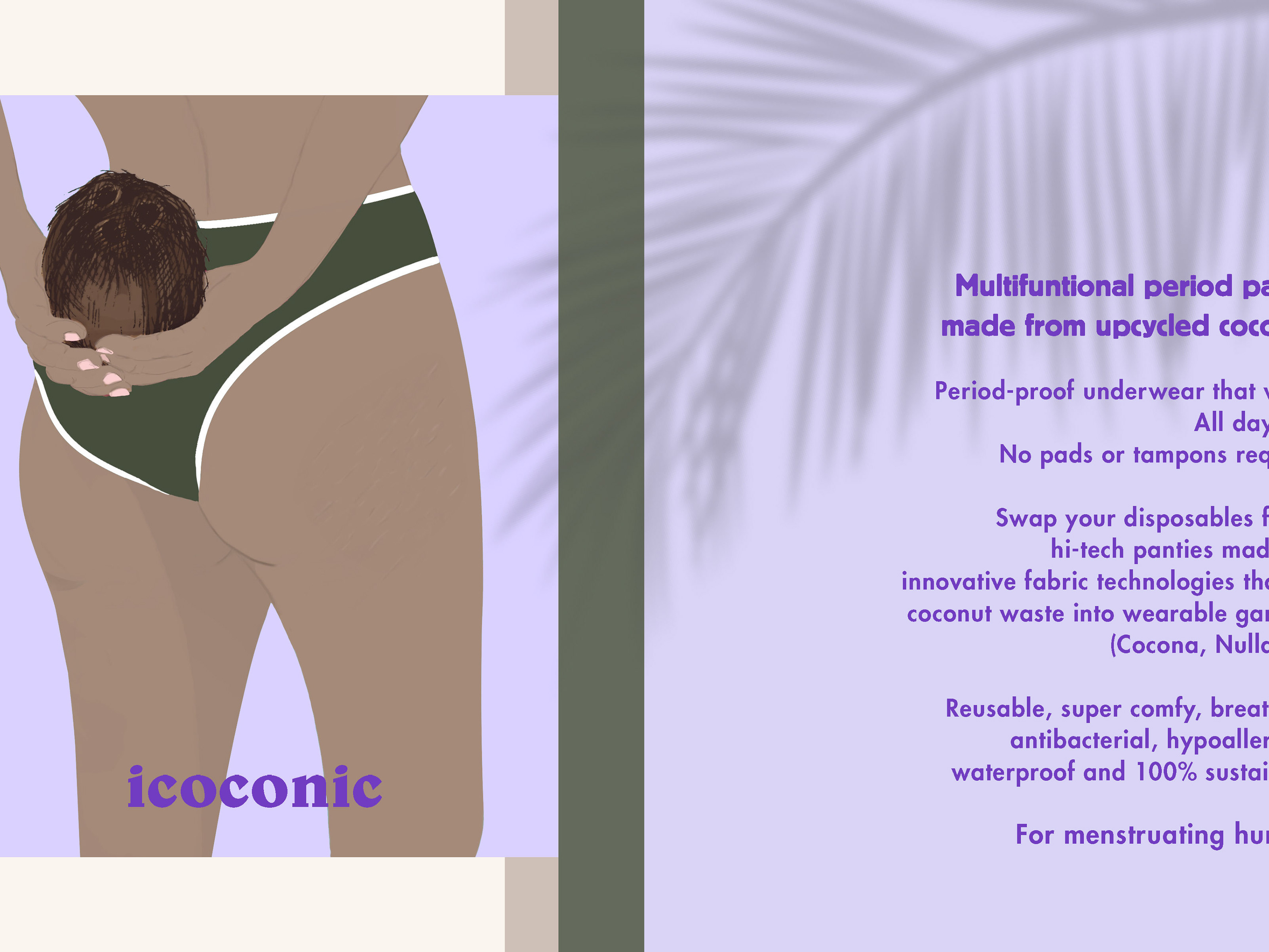New forms of intimacy
How gender is gaining fluidity
How gender is gaining fluidity
The days of purely private intimacy are long gone. Closeness and connectedness with each other are being redefined with the increasing influence of megatrends such as digitalization, individualization, gender shift and, last but not least, the outbreak of Covid-19.
This radical change in all areas of life offers many opportunities and presents us with new challenges: We are questioning established structures, rediscovering the importance of emotional bonds and trying to live them in new, creative ways - analog and digital. Of course, there is potential for tension and conflict, which is exacerbated by general uncertainty and fear. This can be seen in a re-traditionalization, growing populism and the demand for simple solutions. Currently, this can be seen in the UEFA decision or the gender debate, because cisnormativity - the default position that all people fully identify with the gender ascribed to them at birth and behave accordingly - creates images that do not do justice to reality. Gender is not an either-or, but a fluid spectrum, leaving us to face new questions: What constitutes the new intimacy? How does body image and desire for closeness change (through Corona)? To find answers to these questions, the students of the Trends & Identity master's program with the theme "New Intimacy" conducted trend research. Through input and guidance from STURMundDRANG and Dr. Martina Kühne from Kühne Wicki, a rich and differentiated collection of phenomena and artifacts on new forms of intimacy with a focus on gender perspectives emerged through various trend research methods.
The result is the trend map "New Intimacity", which makes the territories of change visible through words and images. Like a guided adventure city tour, we can now experience the future of intimacy in all relevant areas from nature and food to business, entertainment and technology.


Welcome to New Intimacity!
Are you ready to discover new territories?
As we enter New Intimacity, it quickly becomes clear that boredom does not exist here. This colorful and diverse place is loud and bold. Built on foundations like the desire for closeness and the need for trust, New Intimacity evolves every day.
New Intimacy is body.
New Intimacy is mind.
New Intimacy is sex.
New Intimacy is identity.
New Intimacy is politics.
New Intimacy is business.
New Intimacy is consumerism.
New Intimacy is spirituality.
New Intimacy is artificial.
New Intimacy is space.
The days of purely private intimacy are long over. With the increasing influence of megatrends such as digitalization, individualization, gender shift, and, not least, the "volcanic eruption" of Covid-19, closeness and bonding with each other is being redefined.
Central to this is the change in civil society. The public and the private sphere once tended to be structurally separate. Now we have an intimate society in which these boundaries have been softened or, in some cases, completely abolished. Private spheres now seem public and often political. Humans become brands, and brands are searching for humanism and purpose.
From a gender perspective, New Intimacity displays new role dynamics and stereotypes. These aspects transform and affect all areas of its citizens' lives. The radical nature of this change - further accelerated by the Corona pandemic - offers many opportunities and challenges. We are questioning established structures, rediscovering the importance of emotional bonds, and trying to live them in new, creative ways – analog and digital.
Of course, there is potential for tension and conflict, which is intensified by general uncertainty and fear. This is visible in re-traditionalization, growing populism, and a demand for simple solutions.
Research & Text: Jacqueline Brantschen, Matea Lukic, Grit Wolany, Christoph Bohne, Katherine Mazzei, Laura Kaufmann, Ludovica Galleani d’Agliano, Juliana Schneider
Illustration: Juliana Schneider
Typography: Ludovica Galleani d’Agliano
Head to STURMundDRANG to read the texts in German.

















